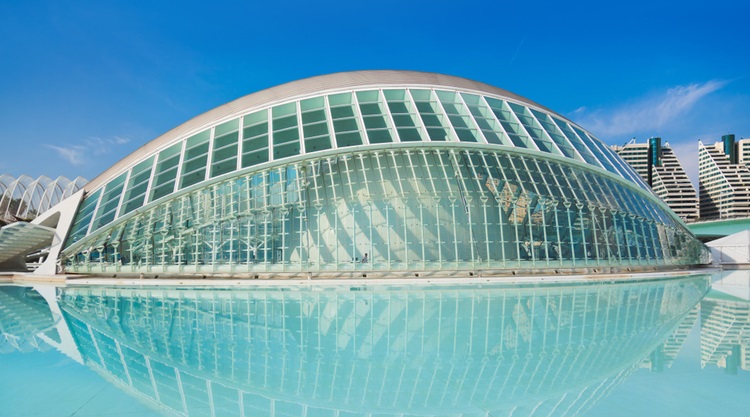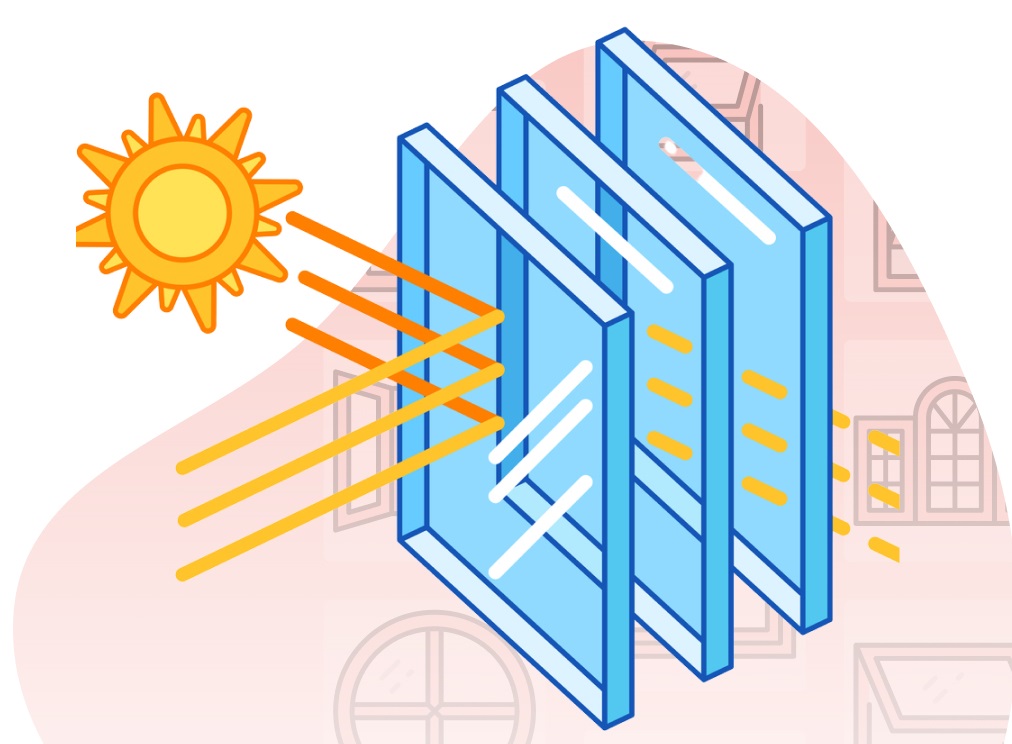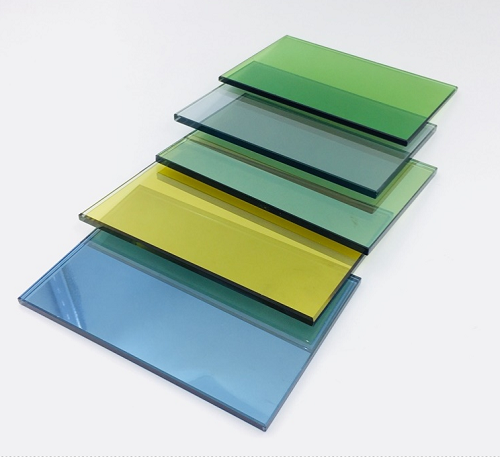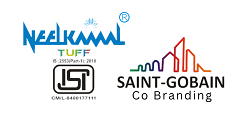
Low-E Glass: Types, Applications, and Uses
In the realm of energy-efficient building materials, Low-E glass has emerged as a game-changer, offering unparalleled thermal performance and environmental sustainability. This innovative glazing solution is designed to minimize heat transfer while maximizing natural light, making it an ideal choice for architects, builders, and homeowners seeking to create comfortable and energy-efficient spaces. In this blog post, we will explore the various types, applications, and benefits of Low-E glass, shedding light on its importance in modern architecture and design.
Understanding Low-E Glass:
Low-E (Low-Emissivity) glass is a type of coated glass that is specially engineered to reduce heat transfer through windows and other glazing applications. The term “emissivity” refers to the ability of a material to emit radiant energy, with low-E coatings designed to minimize the amount of heat radiated by the glass surface. This is achieved by applying a thin, virtually invisible metallic or metallic oxide coating to one or more surfaces of the glass.
Types of Low-E Glass:
Hard-Coat Low-E Glass: Hard-coat Low-E glass, also known as pyrolytic or “hard” Low-E glass, features a coating that is applied directly to the surface of the glass during the manufacturing process. The coating is fused to the glass at high temperatures, resulting in a durable and scratch-resistant finish. Hard-coat Low-E glass is commonly used in residential and commercial applications where durability and longevity are essential.
Soft-Coat Low-E Glass: Soft-coat Low-E glass, also known as sputtered or “soft” Low-E glass, features a thin, multilayer coating applied to the surface of the glass using a vacuum deposition process. The coating is deposited onto the glass in a controlled environment, resulting in a high-performance, low-emissivity surface. Soft-coat Low-E glass offers superior thermal performance and is commonly used in energy-efficient buildings and green construction projects.

Applications of Low-E Glass:
Energy-Efficient Windows: Low-E glass is widely used in energy-efficient windows to reduce heat loss during the winter and minimize heat gain during the summer. By controlling the flow of radiant energy through the glass, Low-E windows help maintain comfortable indoor temperatures year-round and reduce reliance on heating and cooling systems.
Skylights and Roof Glazing: Low-E glass is used in skylights and roof glazing systems to maximize daylighting while minimizing heat transfer. By incorporating Low-E coatings into overhead glazing, architects can create bright and inviting interior spaces while minimizing energy consumption.
Curtain Walls and Facades: Low-E glass is employed in curtain walls and building facades to enhance thermal performance and energy efficiency. By using Low-E glazing systems, architects can design buildings with large expanses of glass that provide abundant natural light without compromising on energy performance.
Conservatories and Greenhouses: Low-E glass is utilized in conservatories and greenhouses to create optimal growing conditions for plants while minimizing heat loss. By trapping solar energy inside the structure, Low-E glass helps maintain warm temperatures even in cold weather, allowing plants to thrive year-round.
Interior Partitions and Doors: Low-E glass is used in interior partitions and doors to enhance energy efficiency and create visual connectivity between different spaces. By incorporating Low-E glazing into interior design elements, architects can promote daylighting and reduce the need for artificial lighting in commercial and residential buildings.
Benefits of Low-E Glass:
Improved Energy Efficiency: Low-E glass helps reduce heating and cooling costs by minimizing heat transfer through windows and other glazing applications. By improving thermal insulation, Low-E glass reduces the reliance on mechanical heating and cooling systems, resulting in lower energy consumption and reduced utility bills.
Enhanced Comfort: Low-E glass helps maintain consistent indoor temperatures and reduce temperature fluctuations, creating a more comfortable and inviting living or working environment. By blocking excessive heat gain in the summer and retaining heat in the winter, Low-E glass ensures year-round comfort for building occupants.

Daylight Harvesting: Low-E glass maximizes natural daylighting while minimizing solar heat gain, allowing architects to design buildings with ample natural light without compromising on energy performance. By harnessing the power of natural daylight, Low-E glass promotes occupant well-being and productivity while reducing the need for artificial lighting during daylight hours.
UV Protection: Low-E glass with UV-blocking coatings helps protect interior furnishings, artwork, and occupants from harmful ultraviolet radiation. By filtering out UV rays, Low-E glass helps prevent fading and damage to materials, prolonging the lifespan of interior finishes and furnishings.
Also Read: Unlocking the Secrets of Glass Manufacturing Process
Environmental Sustainability: Low-E glass contributes to environmental sustainability by reducing energy consumption and greenhouse gas emissions associated with heating and cooling buildings. By improving energy efficiency and reducing the carbon footprint of buildings, Low-E glass helps mitigate climate change and promote sustainable development.
Low-E glass represents a groundbreaking advancement in the field of energy-efficient building materials, offering architects, builders, and homeowners a powerful tool for creating sustainable and comfortable spaces. By harnessing the power of Low-E coatings, designers can maximize natural daylighting, minimize energy consumption, and enhance occupant comfort and well-being. As sustainability continues to be a top priority in the built environment, Low-E glass will play an increasingly important role in shaping the future of architecture and design.





